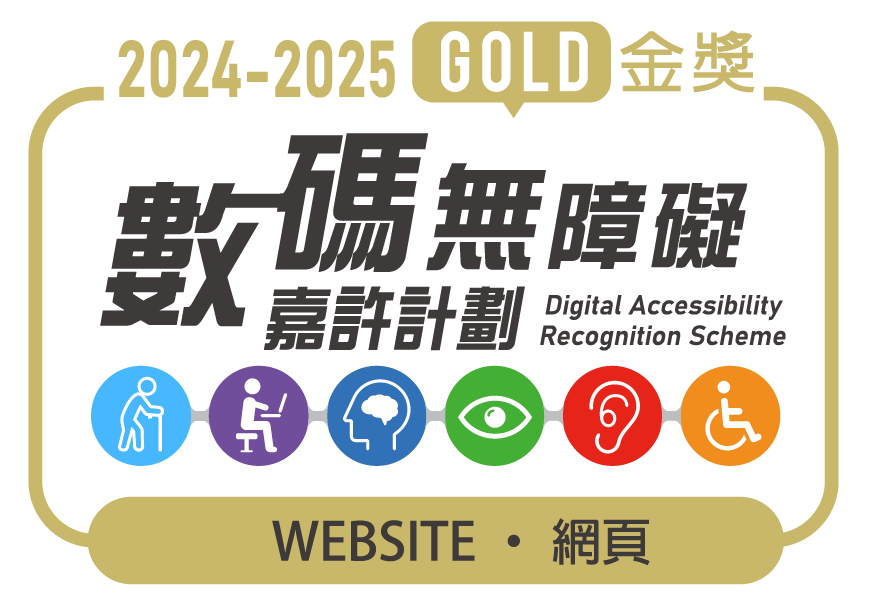Type II: Learning and Developmental Disabilities
Type II: Learning and Developmental Disabilities
- Specific Learning Difficulties (SpLD) (e.g. Dyslexia)
- Attention-Deficit/Hyperactivity Disorder (AD/HD)
- Autism Spectrum Disorder (ASD)
- Developmental Coordination Disorder (DCD)
Click on the icons to understand more about features of each type of disability, useful support and some tips for communication.
Specific Learning Difficulties (SpLD) (e.g. Dyslexia)
Dyslexia is a type of Specific Learning Difficulties which affects individuals’ learning and academic skills. Students with Dyslexia encounter difficulties in reading and writing while having at least average intellectual ability.
Attention-Deficit / Hyperactivity Disorder (AD/HD)
Attention-Deficit/Hyperactivity Disorder (AD/HD) is a neurodevelopmental disorder. Students with AD/HD may have difficulties in sustaining attention and/ or hyperactivity and difficulties in impulse control that lead to challenges in university education.
Autism Spectrum Disorder (ASD)
Autism Spectrum Disorder (ASD) encompasses a range of mild to severe features including deficits in social communication, such as difficulties in reciprocal interaction and understanding non-verbal expressions, and restricted/ repetitive patterns of behaviour or interests.
Developmental Coordination Disorder (DCD)Developmental Coordination Disorder (DCD) is a neurodevelopmental condition that affects coordination and motor skills including motor planning. It can lead to challenges in activities that involves big muscles like running, throwing and catching as well as those with hand muscles like writing and using utensils for meals. It could also affect motor planning abilities which leads to clumsiness in tasks with multiples motor steps and affect tolerance in exercise. Students with DCD may also be prone to falls and bumping into obstacles.



